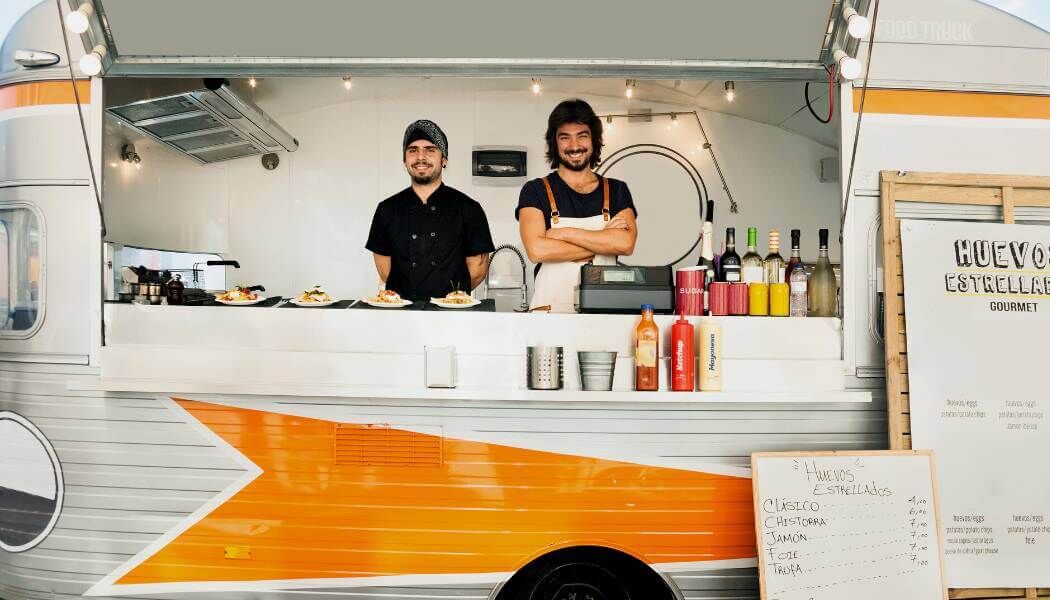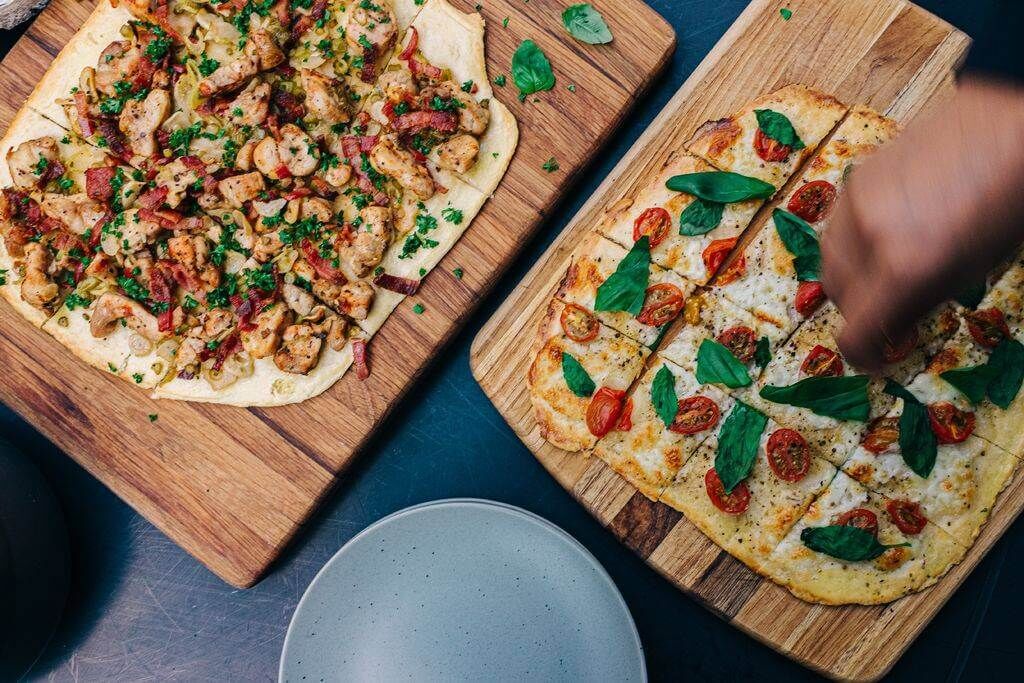
How to build a brand identity for your restaurant
In this case, it's more than having a good “reputation,” brand identity is about your restaurant having a personality.
Whether you own the cute bistro around the corner or a chain of fine dining restaurants, it’s important to decide how you want your business to be perceived by others.
The sooner you start to build your brand identity, the better, as this means that your marketing and branding will be streamlined and addressed to the right people. Having a concrete picture of who you are -- better said, who your restaurant is -- will enable you to position your business in the market and promote it more effectively. Staying true to your brand identity and the image you’ve built as you grow will help you meet customer expectations and retain your clients.
Let’s see the steps to build a strong brand your customers will identify with and trust!
1. Create customer profiles
The content you share on social media, the ambient in your restaurant, your menu descriptions, your packaging, the colors and fonts in your logo, and just about every marketing decision you make should resonate with your target audience so that they can form a connection with your brand. To achieve effective marketing, you need to create customer profiles. Who are your customers? Ask yourself a few basic questions about their age, location, and financial status, and you will be more able to promote your restaurant in a way that appeals to them.
2. Study your competition
Your competitors’ strengths and weaknesses can affect the way you build your brand identity. Mostly because you can get inspired from their strengths and learn from their weaknesses. Social media are a goldmine of information where you can learn all that your competitors are doing right -- and wrong. What type of content creates engagement? Which offers appeal the most to customers? What are some common complaints? Use this information to avoid repeating their mistakes and make business decisions that match the brand identity you are trying to shape.
3. Create a mission statement
At the heart of your brand identity lies your mission statement. Your mission statement satisfies the modern consumers’ need for a more meaningful and honest relationship with brands. They want to know what has brought you here, what motivates you every day, and what you want to offer your customers. Encompassed in your mission statement can be your values and causes you support. You can find inspiration in your mission statement or your unique characteristics to create a tagline -- a catchy phrase that sends a concrete message to your customers about what to expect from your restaurant. You can also create an “About Us” page on your website, where you will share your story and aspirations moving forward.
4. Capitalize on what sets your restaurant apart
You don’t have to reinvent the wheel to stand apart from your competition. Offering traditional local cuisine is unique in and of itself if you create your dishes with fresh, local ingredients and follow traditional recipes. Use your strong suits and unique selling points to boost your brand identity. For example, you can advertise your restaurant as a place that offers customers “an authentic local eating experience,” and maintain a profile as such.
5. Find your brand voice
We previously discussed how you need to know who your customers are. However, above anything else, you need to know who you are, i.e., your restaurant. So, are you fun and edgy? Elegant? Forward-thinking and bold, or traditional and “neighborly”? Find the adjectives that describe your restaurant’s personality and make sure these are present everywhere from your menu descriptions to your social media posts.
6. Focus on customer experience
While brand voice concerns mostly online interaction and branding elements, customer experience is in almost every interaction, direct or indirect, with your customers. The quality of your food, the way your hostess greets your customers, and your posts on social media are only a few examples of interactions that affect the customer experience. As a result of offering a service that aligns with your brand identity and doesn’t disappoint, customers will develop a sense of familiarity, which will ultimately enhance their loyalty.
Food for thought
Millennials have a reputation for being hard to please. Is building a strong personality for your restaurant enough to get them hooked? Read our post 8 ways restaurants can attract and engage Millennials to find out all the secrets to build loyalty with your millennial customers!





